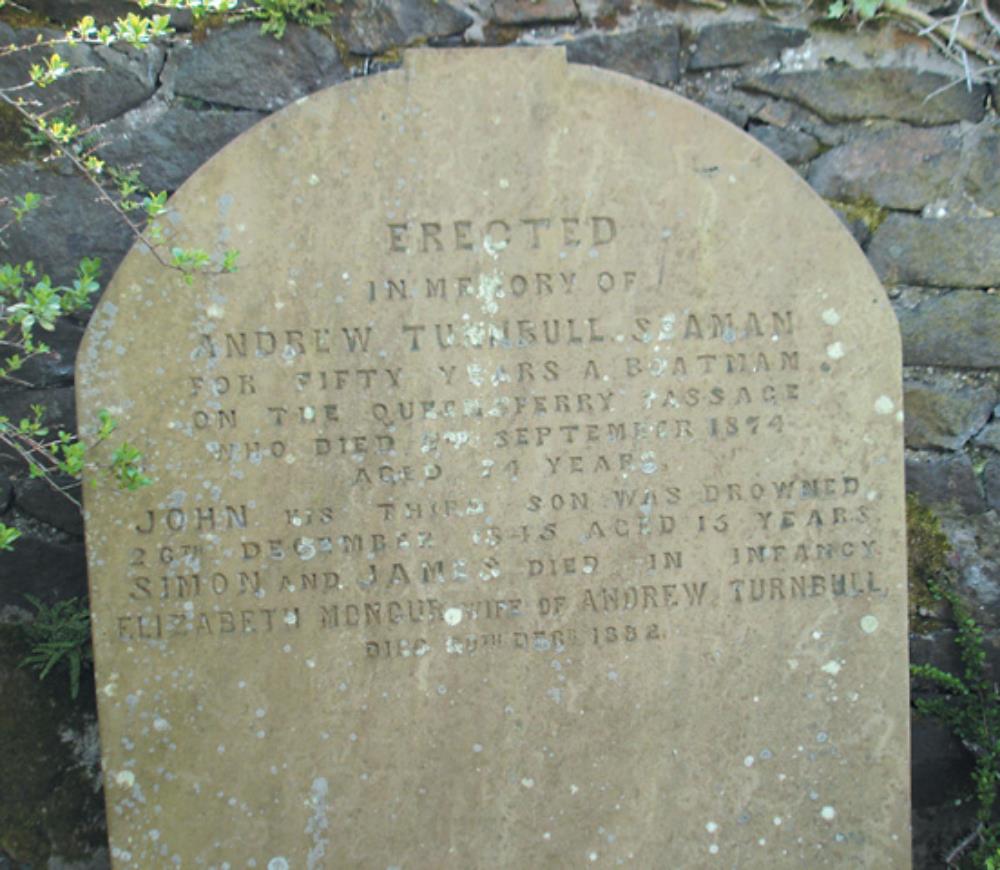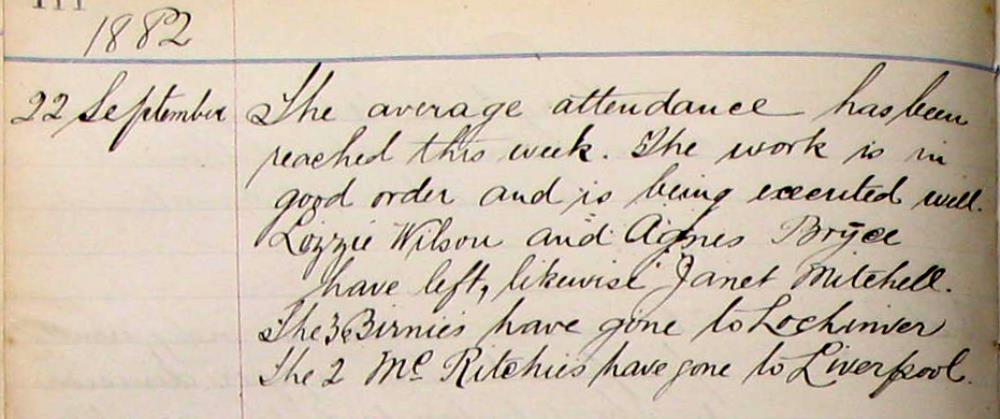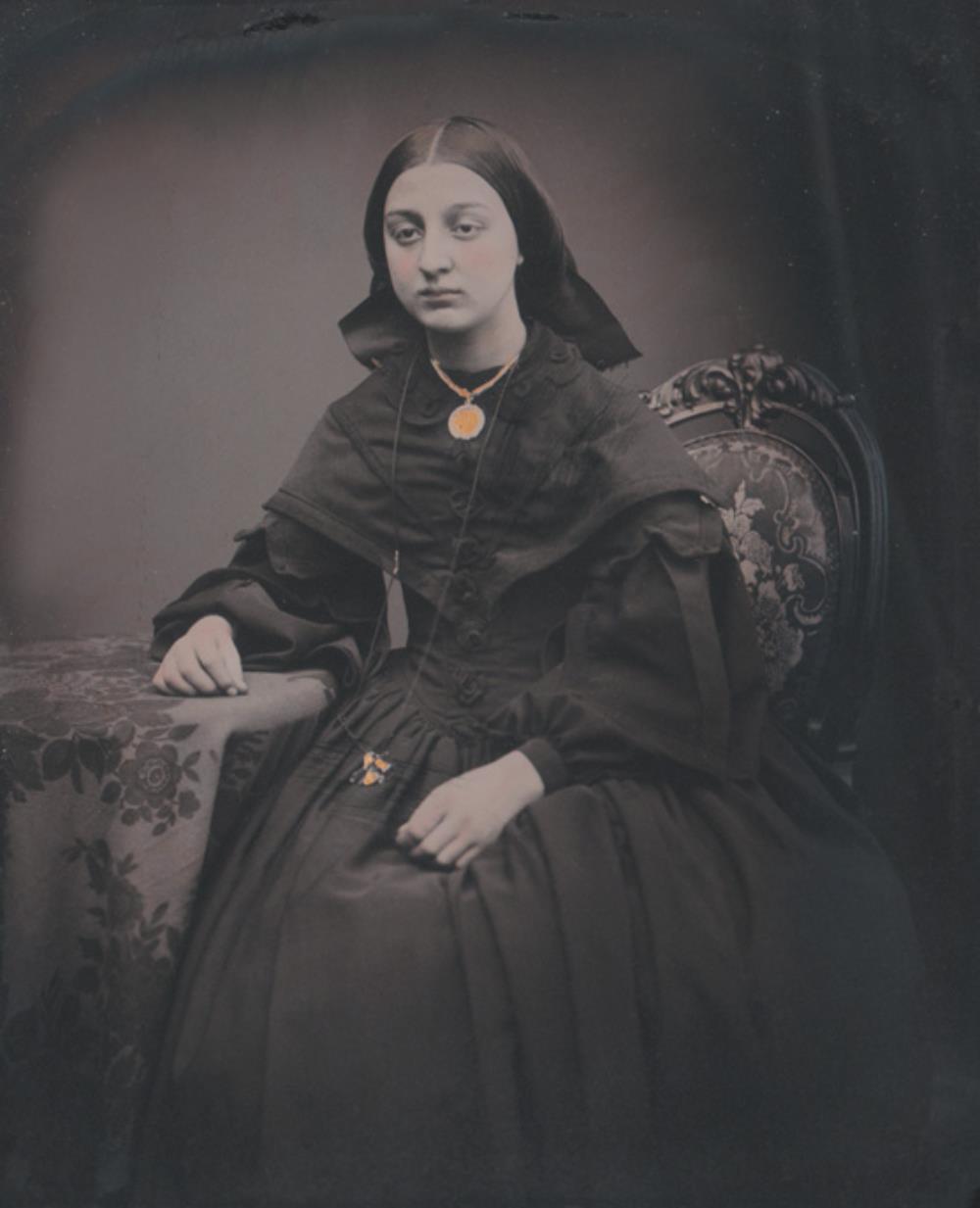Life and death on the Firth: disease and drowning their constant companions
| < Daily life in North Ferrie | Δ Index | The emigrant girls > |
As in any city or small community of the period, such diseases as cholera and dysentery were constant dangers. It was accepted that many women would die in childbirth, and that half the children would not survive beyond a few years. So the Inverkeithing parish register records the death of a ‘child of William McRitchie’ in August 1834, Elisabeth, five-year-old daughter of George McRitchie of Dunfermline, died of scarlet fever in April 1837, and six-year-old Dinnis McRitchie died of ‘disease in bowels’ in August 1853 and was buried in a pauper’s grave near Dunfermline poorhouse.
When my great-great-aunts Christina and Margaret emigrated to Australia in 1848, Christine wrote back to her father James on arrival: “We had a good passage … There was some children died but none of the old people died. It would have been a great deal worse if there had but the children were never much minded”.
Very few adult deaths were recorded before compulsory registration in 1855, never mind the children. The Firth claimed many lives, including John Turnbull, lost in 1845, the 13-year-old son of Andrew Turnbull who worked the passage for 50 years. Both are buried among their fellow boatmen in the old chapel graveyard.

From the Fifeshire Journal, Saturday May 11, 1833:
“On the evening of 4th inst., as David McRitchie, fisherman at North Queensferry, was proceeding to examine the moorings of his boat in the harbour of that village, he fell into the water and he was unfortunately drowned. His body was found next morning at the place where he met his premature death. It is believed he had been stunned by the fall from the pier, as the water scarcely covered his body when discovered.”
Captain James McRitchie of South Queensferry (1803- 1840) died of lockjaw (tetanus) at Liverpool, aged only 37. His inventory dated September 1843 states that he died intestate, and was owner and master of the brig Lord Dalmany of Leith. The vessel was valued at £345 and Capt. James had a three-quarter share at £258.15s. He and his wife Christian rest in the Sailers’ Cemetery.
As North Queensferry retained its centuries-old constraint with around 200 inhabitants, so the McRitchies were among the village’s sons and daughters who emigrated far and wide.
 North Queensferry School logbook – 22 September 1882
North Queensferry School logbook – 22 September 1882
“The 2 McRitchies have gone to Liverpool.”,/p>
Indeed so many Scots wished to emigrate in the harsh times of the mid-19th century that the Australian Government financed a steamship service from Leith to Tilbury, where travellers boarded a sailing ship for the long voyage around Africa, for the Suez Canal had yet to be built. Among those who availed of this service were my great-great-aunts Christina and Margaret, whose story will be told in the next chapter.
Their brother, my great-grandfather John, left North Queensferry at the age of 14 and appears in Edinburgh the 1855 Census, declaring himself to be a mercer or linen merchant — clearly he did not lack for chutzpah. But he must have retained his boating connections to make a sad discovery a few years later.
From The Scotsman, Wednesday July 28, 1858:
Melancholy Occurrence on the Firth Three young men Drowned
During the night of Saturday last (July 24) an occurrence of a most distressing nature took place on the Firth of Forth …
An 18-year-old teacher, William Gawan, and two friends had attempted to sail across the Forth despite warnings that the weather was too severe for their small boat, which was found capsized the next morning not far from two bodies. Eighteen days later two Queensferry boatmen recovered the body of William Gawan from Drum Sands, and it is possible that mercer John met William’s sister Ann Elizabeth following the drowning. The couple were married in August 1862 and went on to have 15 children — among them my grandfather who would follow John into the drapery business in Edinburgh, a far cry from the ferries of the Forth.
 Ann Elizabeth Gawan – the writer’s great-grandmother pictured in 1858 age 16.
Ann Elizabeth Gawan – the writer’s great-grandmother pictured in 1858 age 16.
She is in mourning dress after the drowning of her brother William when he attempted to cross the Forth at night.
She met my great-grandfather John at the funeral.
| < Daily life in North Ferrie | Δ Index | The emigrant girls > |